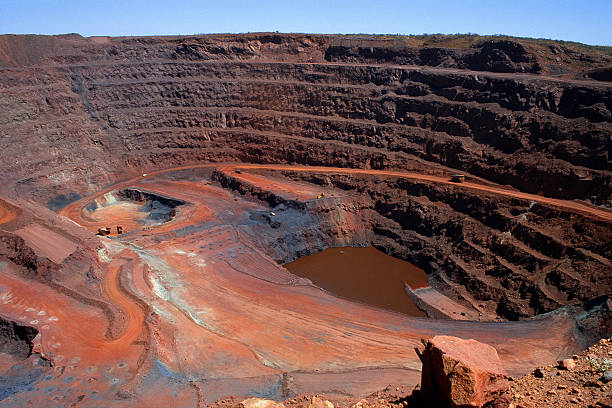Polyacrylamide (PAM) is an important polymer flocculant, widely used in mining, mineral processing, flotation and mineral recovery processes. Its main function is to improve the efficiency of solid-liquid separation and improve the sedimentation performance of slurry, thereby optimizing resource recovery and utilization.

In the mining process, polyacrylamide is used to treat suspended particles in slurry. Its efficient flocculation performance can cause fine particles to quickly aggregate to form larger flocs, which is convenient for subsequent sedimentation and filtration. This can not only improve the water recovery rate and reduce the impact of wastewater discharge on the environment, but also reduce the cost of tailings treatment.
In the mineral processing and flotation process, the addition of polyacrylamide can significantly improve the separation efficiency of minerals. By adjusting its molecular weight and charge density, PAM can selectively adsorb on the surface of specific mineral particles, enhance the interaction between particles, and promote the separation of minerals from gangue. In addition, it can stabilize foam and improve the selectivity and recovery rate of the flotation process.

In the mineral recovery stage, the flocculation effect of polyacrylamide further improves the effect of solid-liquid separation, ensuring a high mineral recovery rate and product purity. In general, the application of polyacrylamide in the mining industry not only improves production efficiency and resource utilization, but also plays a positive role in environmental protection.